Which of the following errors affects the use of vor ? [ Question security ]
Question 187-1 : Scalloping quadrantal error coastal refraction night effect
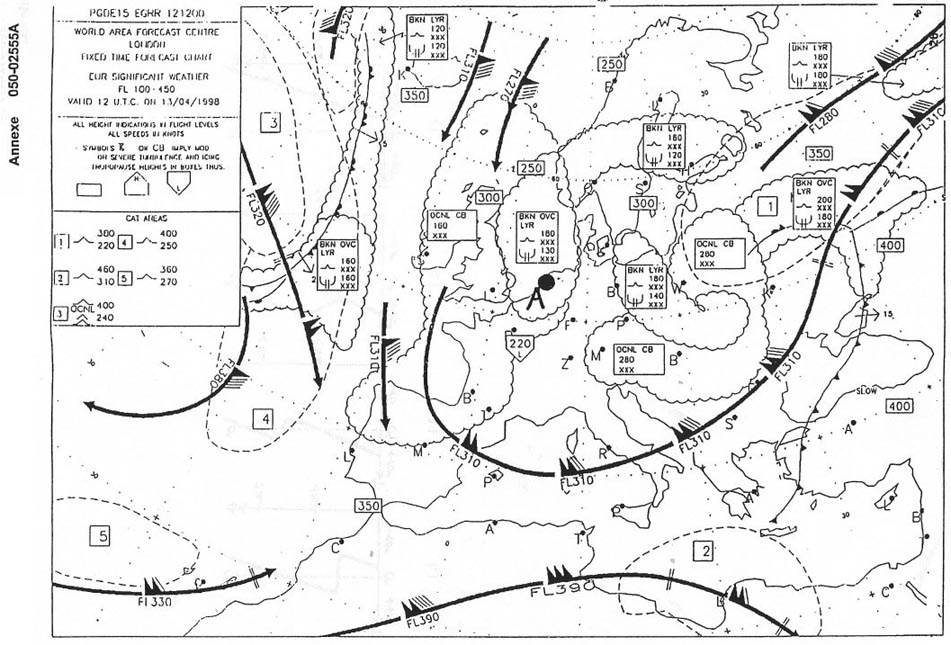 Scalloping
Scalloping How can a dme interrogator distinguish between its own reply pulse pairs and ?
Question 187-2 : The pulse repetition frequency of the pulse pairs transmitted by the interrogator varies for each interrogator in a unique rhythm the dme transponder uses a slightly different randomly varying delay for each interrogating aircraft the time interval between both pulses of consecutive pulse pairs transmitted by the interrogator varies for each interrogator in a unique pattern on the y channel the time interval between the pulses of an interrogator pulse pair is 36 msec and of a transponder pulse pair 30 m/sec
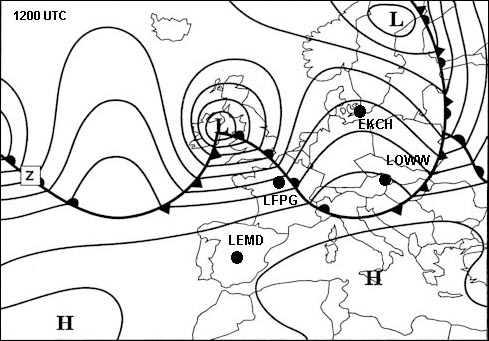 The pulse repetition frequency of the pulse pairs transmitted by the interrogator varies, for each interrogator, in a unique rhythm.
The pulse repetition frequency of the pulse pairs transmitted by the interrogator varies, for each interrogator, in a unique rhythm. Which of the following alternatives is correct regarding audio and visual ?
Question 187-3 : Audio 1300 hz alternating dots and dashes visual amber light flashes audio 75 mhz 2 dashes per second visual blue light flashes audio 400 hz 2 dashes per second visual blue light flashes audio 3000 hz alternating dots and dashes visual amber light flashes
 Audio: 1300 hz, alternating dots and dashes. visual: amber light flashes.
Audio: 1300 hz, alternating dots and dashes. visual: amber light flashes. Of the approach aids listed below which option correctly identifies those that ?
Question 187-4 : Only 2 and 3 only 1 and 3 1 2 3 and 4 only 2 and 4
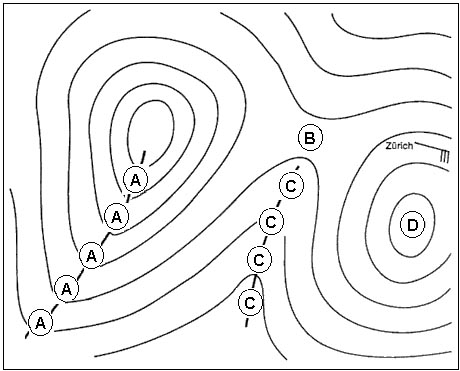 Only 2 and 3
Only 2 and 3 Middle marker beacons of an ils transmit at ?
Question 187-5 : 75 mhz 90 mhz 150 mhz 1300 hz
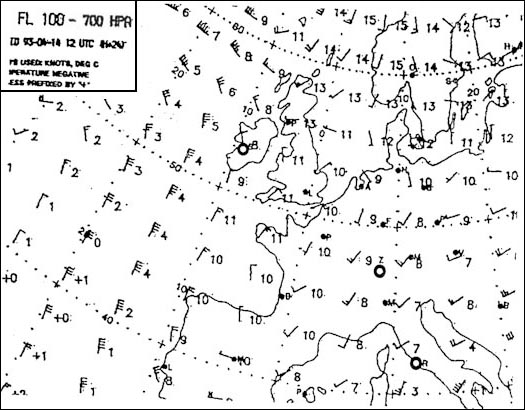 75 mhz.
75 mhz. The ils marker identified audibly by a series of dots 6/second is the… ?
Question 187-6 : Inner marker outer marker locator middle marker
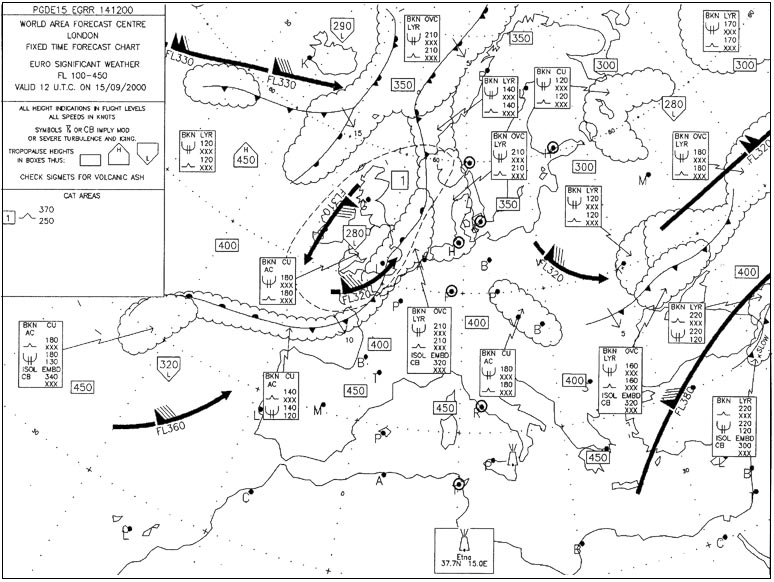 Inner marker.
Inner marker. The ils marker identified audibly by a series of alternate dots and dashes is ?
Question 187-7 : Middle marker outer marker locator inner marker
 Middle marker.
Middle marker. The audio frequency modulation of the middle marker shall be keyed as follows… ?
Question 187-8 : A continuous series of alternate dots and dashes 6 dots per second continuously 2 dashes per second continuously 3 dashes 3 dots and 3 dashes per second continuously
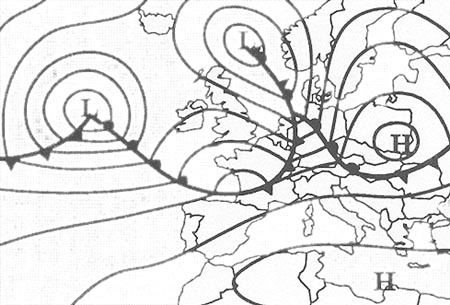 A continuous series of alternate dots and dashes.
A continuous series of alternate dots and dashes. The ils outer marker modulation frequency is ?
Question 187-9 : 400 hz 3000 hz 1300 hz 1500 hz
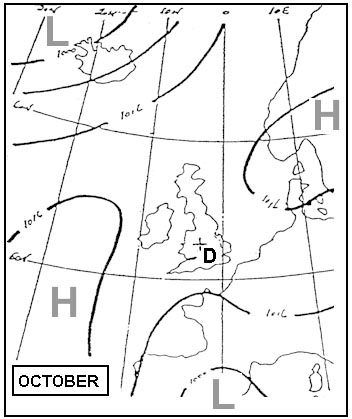 400 hz.
400 hz. According to the principle of operation in an ils the difference in depth of ?
Question 187-10 : Increase with displacement from the centreline increase from the centre position to half full scale of the indicator needle and decrease until full scale of the needle increase with left displacement from the centreline and decrease with right displacement from the centreline decrease with displacement from the centreline
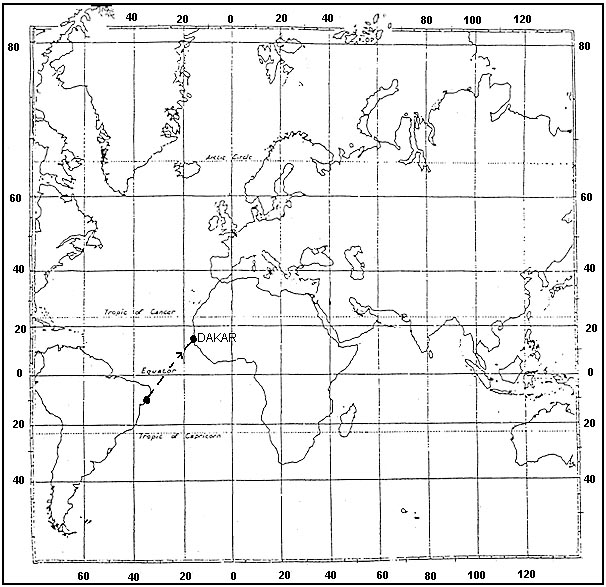 Increase with displacement from the centreline.
Increase with displacement from the centreline. The type of modulation of the ils frequency carrier is ?
Question 187-11 : Amplitude modulation phase modulation dual modulation frequency modulation
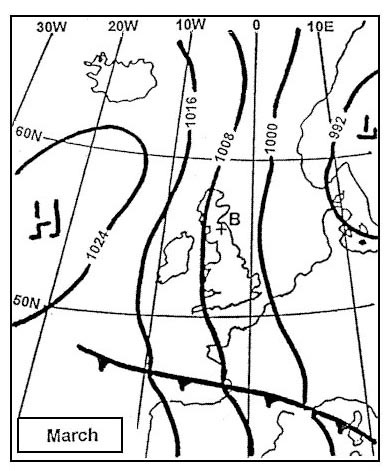 Amplitude modulation.
Amplitude modulation. One of the possible disturbances of the ils signal is 'scalloping' which ?
Question 187-12 : Scalloping causes rapid indicator changes from side to side of the intended approach path which cannot be followed by the aircraft scalloping are minor changes or bends which can be followed by the aircraft scalloping are rapid changes or bends which can be followed by the aircraft scalloping are major changes or bends in the approach path which cannot be followed by the aircraft
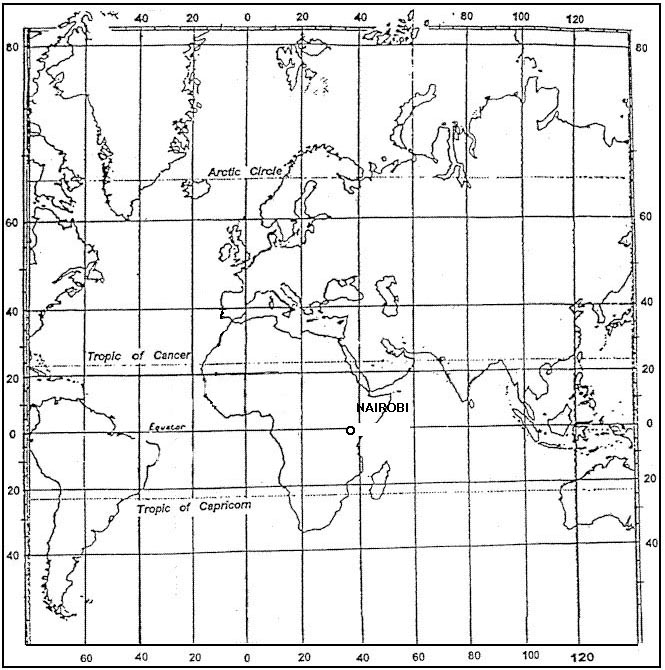 Scalloping causes rapid indicator changes from side to side of the intended approach path which cannot be followed by the aircraft.
Scalloping causes rapid indicator changes from side to side of the intended approach path which cannot be followed by the aircraft. What is the reason that dme utilises pulse pairs instead of single pulses ?
Question 187-13 : To distinguish dme transmissions from transmissions of other radar systems utilising single pulses to increase the number of aircraft that can simultaneously use the dme station to determine the dme range to be able to use a separate interrogation and reply frequency and thus to increase the number of dme stations that can transmit in the same part of the dme frequency band to increase the accuracy and reliability of the range measurement
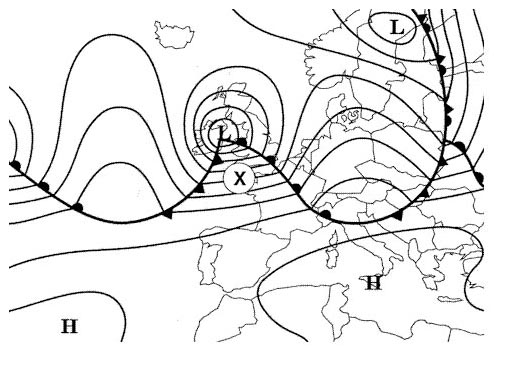 To distinguish dme transmissions from transmissions of other (radar) systems utilising single pulses.
To distinguish dme transmissions from transmissions of other (radar) systems utilising single pulses. If two dme ranges are plotted on the chart and used to fix the aircraft ?
Question 187-14 : Two circular position lines intersecting at two points the distance from each transmitter being the slant range two circular position lines intersecting at two points the distance from each transmitter being the plan range two straight lines intersecting at one point the distance from each transmitter being the slant range two straight lines intersecting at one point the distance from each transmitter being the plan range
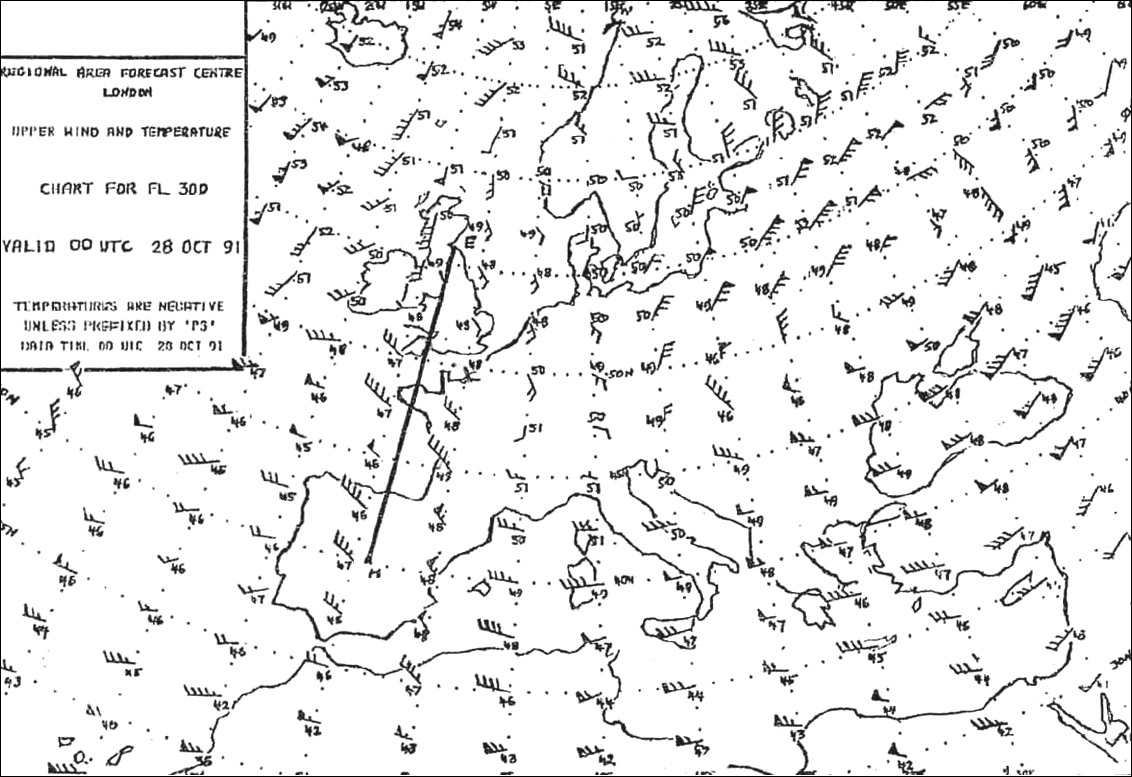 Two circular position lines intersecting at two points, the distance from each transmitter being the slant range.
Two circular position lines intersecting at two points, the distance from each transmitter being the slant range. Which option correctly identifies the approach aid s listed below to which the ?
Question 187-15 : Only 4 3 and 4 1 and 3 only 1
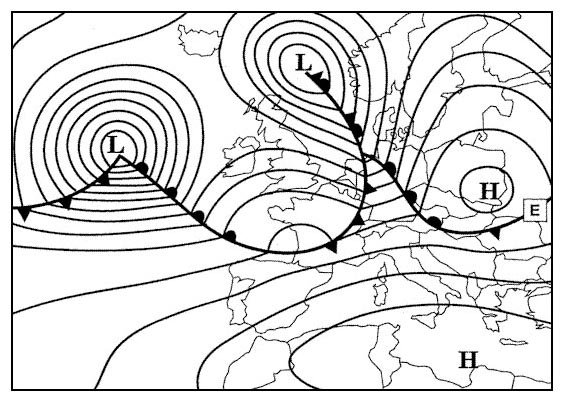 Only 4.
Only 4. What radio navigation aid would be associated with the transmission frequency ?
Question 187-16 : Ils localiser vor station vdf mls
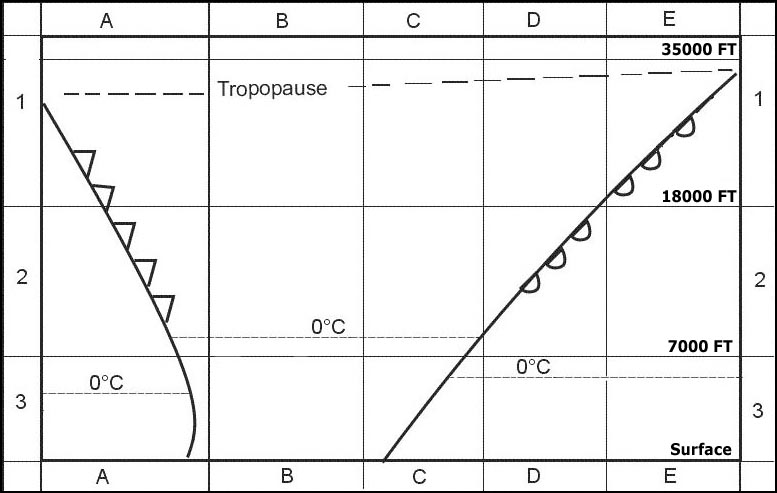 Ils localiser
Ils localiser To enter a holding pattern based on a vor/dme fix which entry sectors are ?
Question 187-17 : 1 and 3 1 and 2 1 2 and 3 2 and 3
 1 and 3.
1 and 3. On an ils approach when flying overhead the outer marker the colour of the ?
Question 187-18 : Blue green amber white
 Blue.
Blue. Mls installations notified for operation unless otherwise stated provide ?
Question 187-19 : ±40° about the nominal course line out to a range of 20 nm ±20° about the nominal course line out to a range of 20 nm ±20° about the nominal course line out to a range of 10 nm ±40° about the nominal course line out to a range of 30 nm
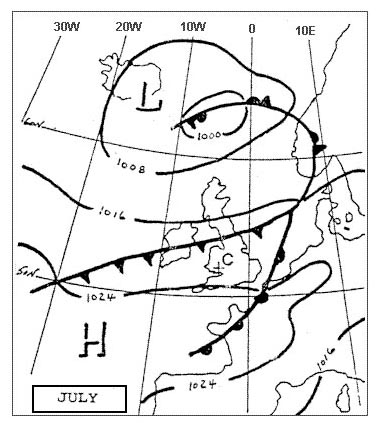 ±40° about the nominal course line out to a range of 20 nm.
±40° about the nominal course line out to a range of 20 nm. There are two ndbs one 20 nm inland and the other 50 nm inland from the coast ?
Question 187-20 : Greater from the beacon that is 50 nm inland greater from the beacon that is 20 nm inland the same from both beacons when the aircraft is on a relative bearing of 180° and 360° the same from both beacons when the aircraft is on a relative bearing of 090° and 270°
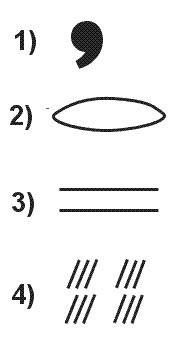 Greater from the beacon that is 50 nm inland
Greater from the beacon that is 50 nm inland When an ndb fails which kind of warning is visible in the cockpit ?
Question 187-21 : No warning on a moving card adf a red button on a radio magnetic indicator a flag alarm on a digital navigation display the acronym ‘ndb’ in red
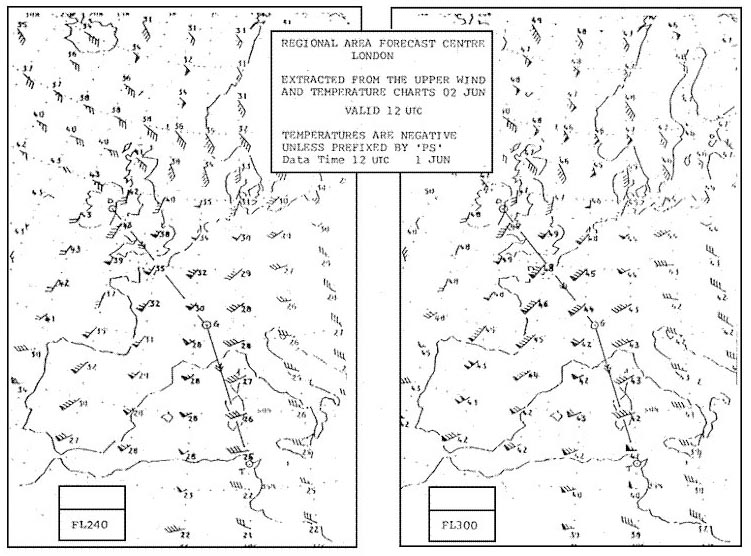 No warning.
No warning. The dme line of position is a circle with radius ?
Question 187-22 : A the ground distance and centre the dme station the slant range and centre the dme station the ground distance and centre the aircraft the slant range and centre the aircraft
 A the ground distance and centre the dme-station.
A the ground distance and centre the dme-station. An aircraft has a magnetic heading of 290°and is on vor radial 280° which ?
Question 187-23 : 100° 290° 280° 110°
 100°
100° The bfo selector switch on the adf control panel must be in the 'on' position ?
Question 187-24 : Hear the ident of ndbs using n0n a1a transmissions adjust the loop to the aural null position stop the loop rotation hear the ident of ndbs using n0n a2a transmissions
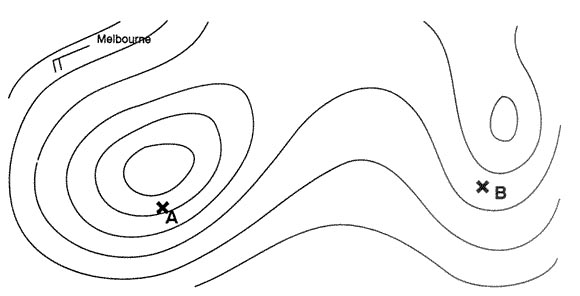 Hear the ident of ndbs using n0n a1a transmissions.
Hear the ident of ndbs using n0n a1a transmissions. An ndb is on a relative bearing of 316° from an aircraft given ?
Question 187-25 : 254° 074° 252° 072°
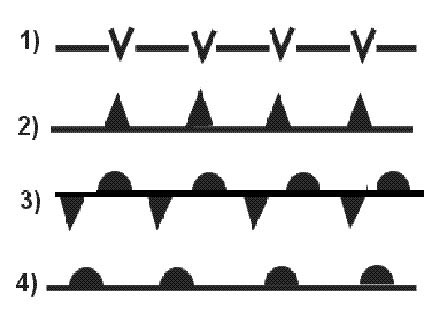 254°
254° Given the following information what relative bearing will be shown on the rbi ?
Question 187-26 : 188° 352° 008° 172°
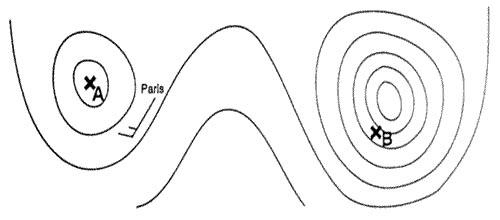 188°
188° On the qdr of 075° in the vicinity of the station with a magnetic heading of ?
Question 187-27 : 320° 040° 140° 220°
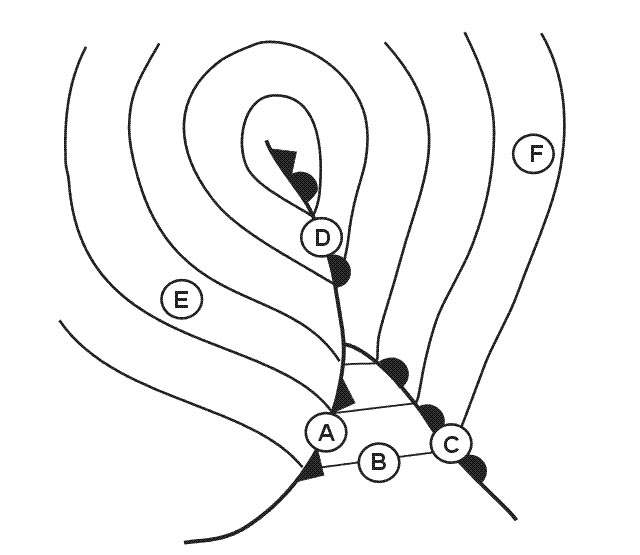 320°
320° During day time the range of an ndb depends on ?
Question 187-28 : The power output and the nature of the earth’s surface over which the ground wave travels the power output the altitude of the aircraft and the elevation of the ndb the ionospheric refraction index the altitude of the pertaining ionospheric layer the wave length and the power output the atmospheric refraction index the wave length the elevation of the ndb and the power output
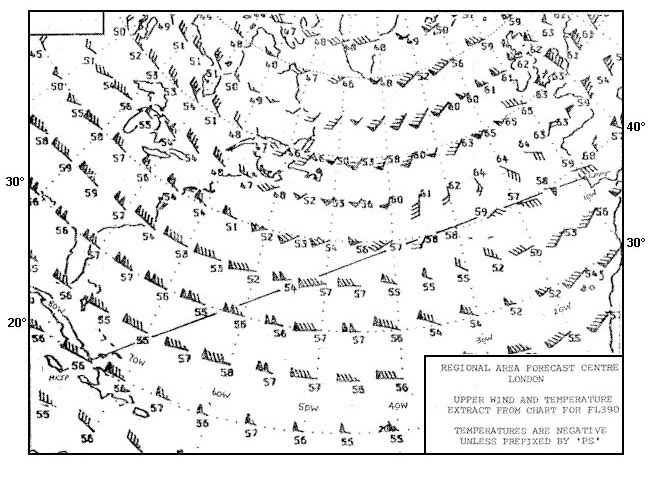 The power output and the nature of the earth’s surface over which the ground wave travels.
The power output and the nature of the earth’s surface over which the ground wave travels. Which statement is true about the use of the doppler effect in a doppler vor ?
Question 187-29 : The doppler effect is used to create a signal which is received by the aircraft’s vor receiver as a frequency modulated signal by using the doppler effect it is possible to determine the range of the aircraft from the vor station more accurately the doppler effect is used to create a signal which is received by the aircraft’s vor receiver as an amplitude modulated signal by using the doppler effect it is also possible to determine the aircraft’s approach speed to the vor
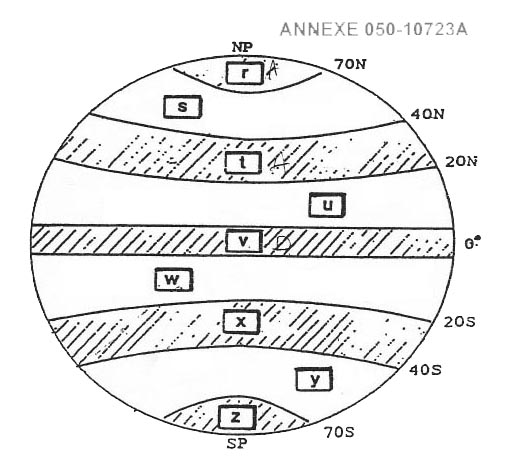 The doppler effect is used to create a signal which is received by the aircraft’s vor-receiver as a frequency modulated signal.
The doppler effect is used to create a signal which is received by the aircraft’s vor-receiver as a frequency modulated signal. An aircraft is flying on a heading of 270° m the vor obs is also set to 270° ?
Question 187-30 : Nw se sw ne
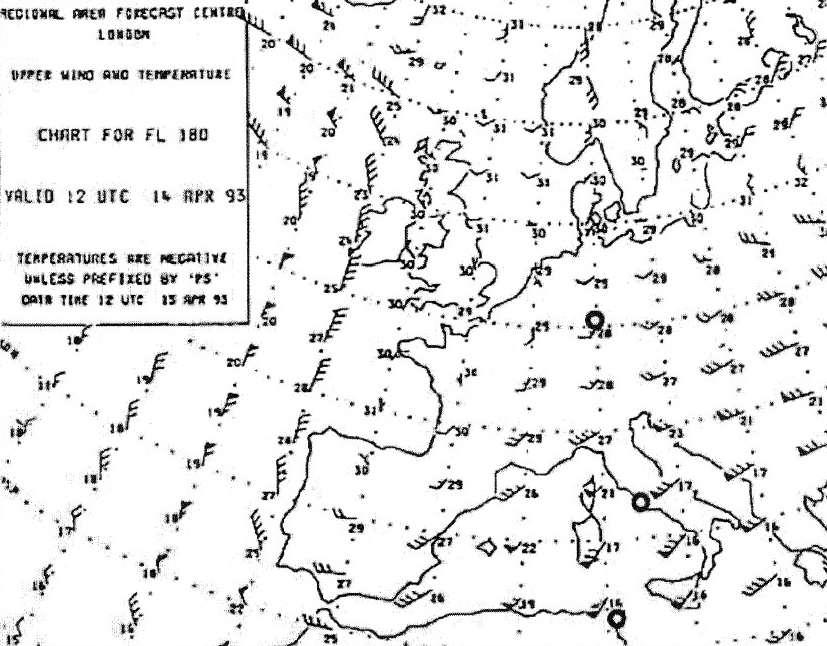 Nw
Nw An aircraft is flying a heading of 245° towards a vor at fl300 the hsi ?
Question 187-31 : The vor will be approached along radial 070 the aircraft will pass north of the vor the vor will be approached along radial 080 the aircraft will pass south of the vor
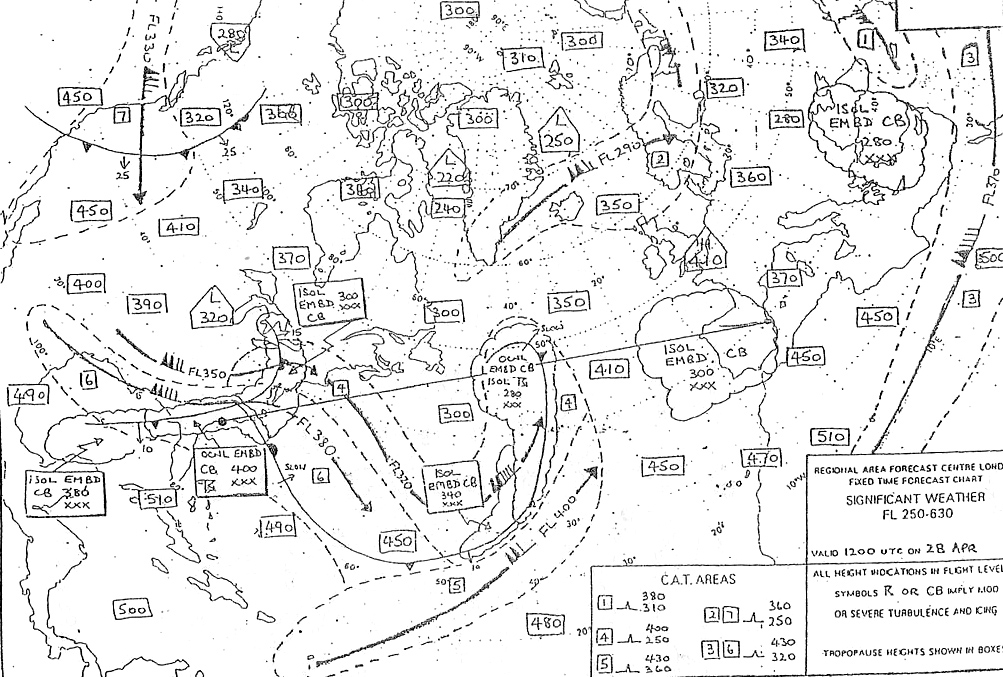 The vor will be approached along radial 070.
The vor will be approached along radial 070. Your aircraft is heading 075° m the obs is set to 025° the vor indications ?
Question 187-32 : 205° and 295° 295° and 025° 115° and 205° 025° and 115°
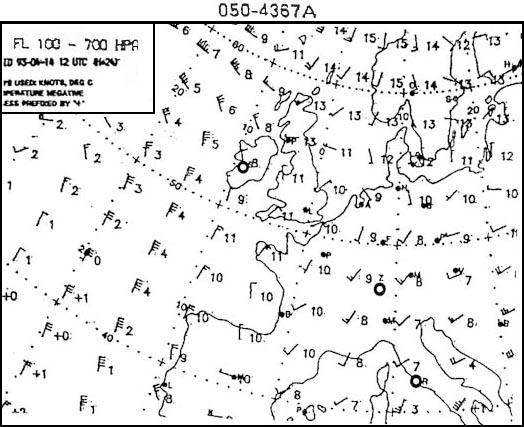 205° and 295°.
205° and 295°. The obs is set on 048° to appears in the window the needle is close to full ?
Question 187-33 : 238° 038° 058° 218°
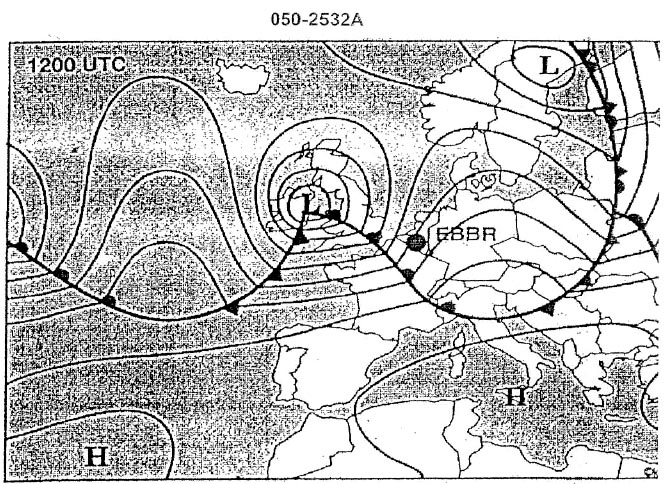 238°
238° Given the following information where does the hsi course deviation bar appear ?
Question 187-34 : Behind the aeroplane symbol with the from flag showing ahead of the aeroplane symbol with the from flag showing behind the aeroplane symbol with the to flag showing ahead of the aeroplane symbol with the to flag showing
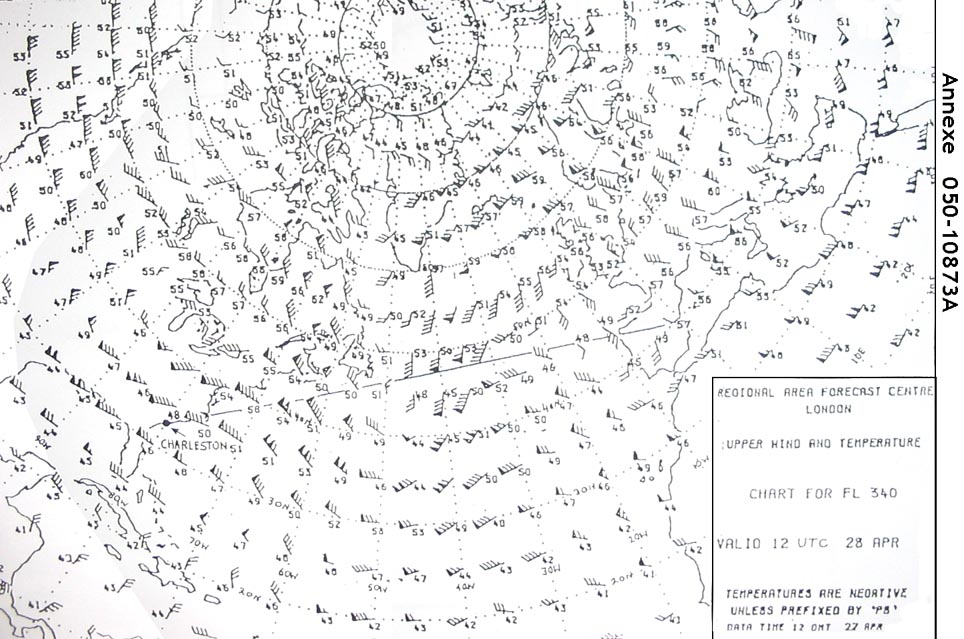 Behind the aeroplane symbol with the from flag showing.
Behind the aeroplane symbol with the from flag showing. An aircraft is situated at 30°n 005°e with a magnetic variation of 10°w a ?
Question 187-35 : 287° 282° 293° 284°
 287°
287° The captain of an aircraft flying at fl100 wishes to obtain weather information ?
Question 187-36 : 125 nm 125 km 12 5 nm 1 250 km
 125 nm
125 nm The effect of masking the dme antenna of the aircraft from the ground ?
Question 187-37 : The airborne installation switching to the memory mode for about 10 to 15 seconds the airborne equipment switching directly to the search mode the signal controlled search circuit scs blanking the dme display the ground installation not sending any pulse pairs
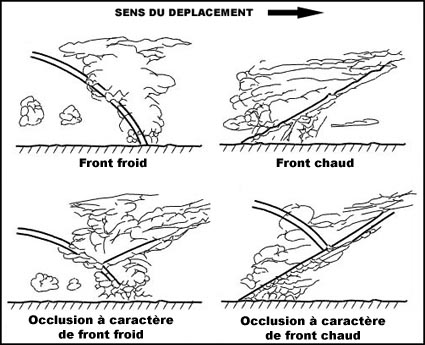 The airborne installation switching to the memory mode for about 10 to 15 seconds.
The airborne installation switching to the memory mode for about 10 to 15 seconds. What approximate rate of descent is required in order to maintain a 3° glide ?
Question 187-38 : 600 ft/min 550 ft/min 950 ft/min 800 ft/min
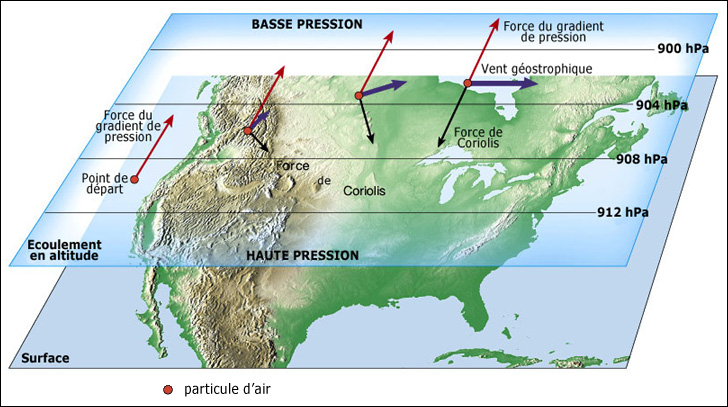 600 ft/min.
600 ft/min. What approximate rate of descent is required in order to maintain a 3° glide ?
Question 187-39 : 450 ft/min 650 ft/min 550 ft/min 400 ft/min
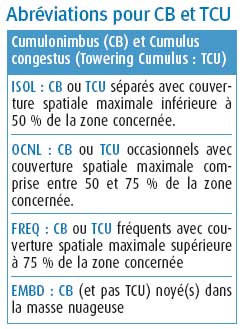 450 ft/min.
450 ft/min. Assuming a five dot display on either side of the ils localiser cockpit display ?
Question 187-40 : 1° to the left 1° to the right 2° to the left 2° to the right
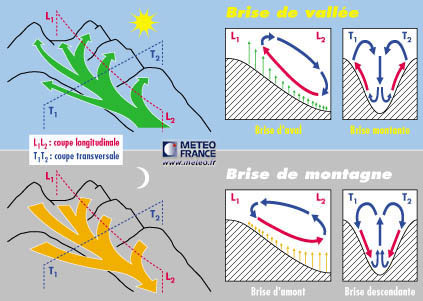 1° to the left.
1° to the left. ~
Exclusive rights reserved. Reproduction prohibited under penalty of prosecution.
7439 Free Training Exam
